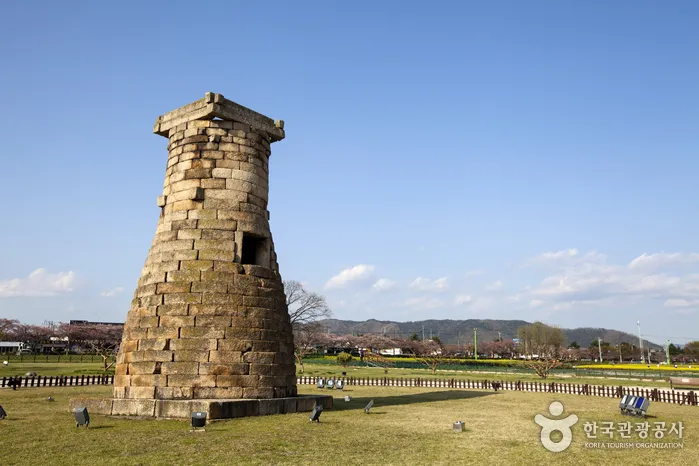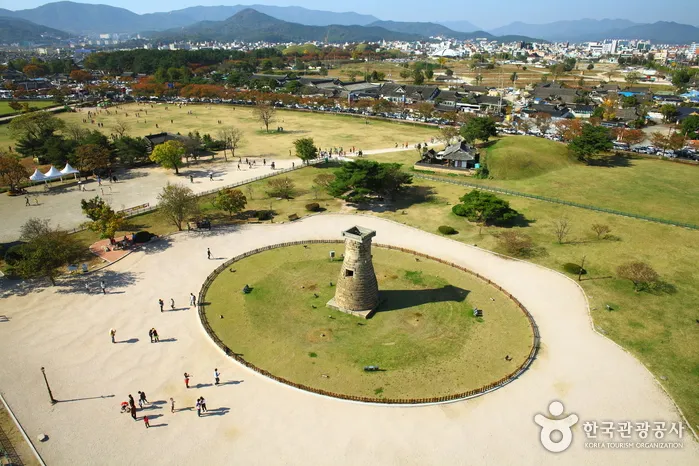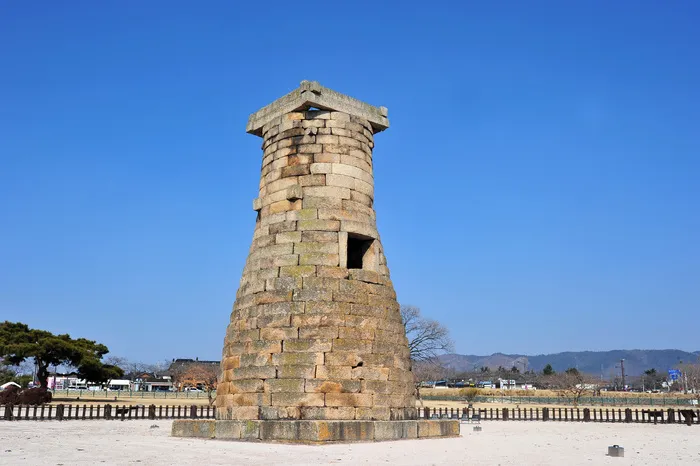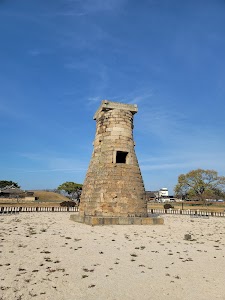Cheomseongdae is an astronomical observatory located in Gyeongju, South Korea. It is considered the oldest existing astronomical observatory in East Asia and is an important relic that showcases the advanced scientific technology of the Silla Dynasty.

Key Features and Highlights:
Historical Significance:
- Cheomseongdae is estimated to have been built during the reign of Queen Seondeok of Silla (632-647 AD).
- It was used to observe celestial movements and predict agricultural seasons and the fortune of the nation.
- It is a crucial historical artifact that demonstrates the level of astronomical knowledge during the Silla period.
Architectural Features:
- It is a cylindrical structure built with granite stones, featuring a unique shape and precise construction techniques.
- It consists of a base, a cylindrical body, and a top, with each part holding astronomical significance.
- The number of stones and layers were precisely calculated to represent the principles of the lunar calendar.
Main Viewing Points:
- Appreciate the overall shape and construction techniques of Cheomseongdae.
- Learn about the astronomical meanings behind the number of stones and layers.
- Take photos with the beautiful surrounding scenery as a backdrop.
Nearby Attractions:
- Various Silla Dynasty relics are located nearby, including Daereungwon Tomb Complex, Donggung Palace and Wolji Pond, and the Gyeongju National Museum.

Cheomseongdae is an important historical site that provides insights into the scientific technology and culture of the Silla Dynasty. It is a must-visit attraction for anyone traveling to Gyeongju.

